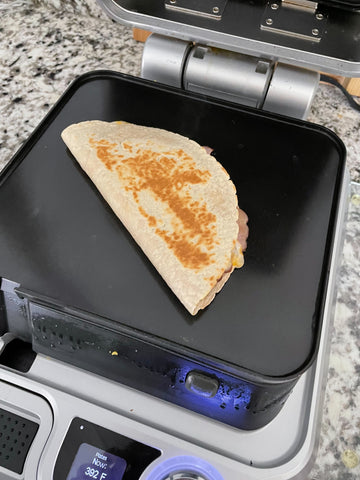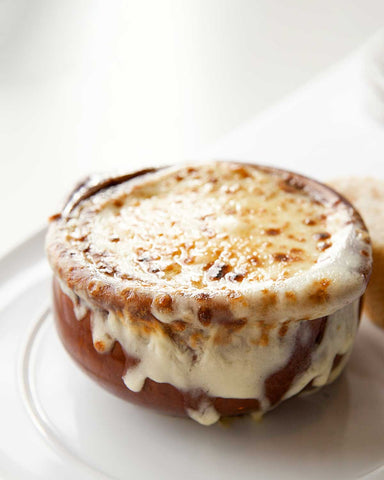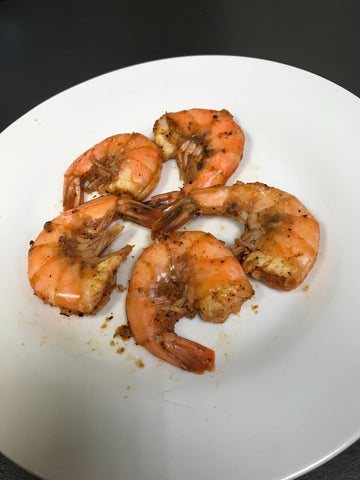
Does Sous Vide Make Food Tender?
A cooking method that is gaining followers and users by the minute is the sous vide cooking method. Chefs are using it in their Michelin Star restaurants, Bon Appetit keeps advertising it in their test kitchen, and even Starbucks has hopped on the bandwagon by selling $5-$6 sous vide eggs.
The reason these chefs keep joining the recent craze is the claim that the sous vide method allows for the most tender meat. Does it really work? The short answer is yes. As all things point to science, we can also turn to this discipline to further understand how sous vide makes food tender.
Basics
Sous vide is a cooking technique that uses precise temperature controls to deliver consistent, restaurant-quality results. It literally means ‘under vacuum’ in French, and all one has to do is seal the food of choice in a bag, put it in the temperature controlled water (using an outside purchased machine) and your meal will be done within hours.

Two Factor Control
Sous Vide makes food tender by controlling two factors: temperature and time. The science of cooking with sous vide rooted in the meat that is being cooked.
Whether traditional methods or the sous vide method, the main objective of cooking is to:
- Get rid of the microbes that could make us sick
- Change the physical structure of food to make it edible and easier and quicker to chew
- Release energy and nutrients from food so that it gives us more nutritional value when we eat it
Meat, be it pork, beef, chicken or any poultry, is made up of muscle fibers, water, connective tissue, and fat. Each fiber is surrounded by more and more fiber, progressively getting smaller; Cooking changes this fiber structure. It will come out tender based on the cooking time and, the most important factor, temperature.
For sous vide, ‘doneness’ is achieved using temperature and the vacuum sealed bag, so the food will stay moist and tasty. The more precise temperature, the better the food will be. Every part of the food warms up to the desired internal temperature, and the moisture evenly distributes inside the meat. If the temperature is right, the dish will be perfect.

The Muscles
When red meat and poultry are heated, the long protein molecules begin to contract, first (between 104°F/40°C and 145°F/63°C) in diameter, and then (above 145°F/63°C) in length. A single muscle fiber can shrink to half its original length during the cooking process.
When proteins contract, they squeeze out the liquid trapped within their structure. However, this water loss can cause a piece of meat to end up tough; rest the meat after cooking to draw moisture back in.
Collagen, the predominant protein, has three protein strands, and is unchewable when raw. With heat, it relaxes. Around 122°F/50°C or more rapidly at 160°F/71°C and 180°F/82°C. Eventually, the strands turn to gelatin, a protein to tenderize the meat and keep up to 10 times its weight in moisture. Tougher meats are held in higher temperatures for longer to form the gelatin more quickly.
Enzymes play a role too. If handled correctly, they break down protein, resulting in much more tender meats. Meats held at a steady temperature, which is enabled by sous vide, take advantage of this. The enzymes have more time to work and break down tough proteins strands. The rate at which they break down increases as the temperature increases.
When you sous-vide you can reach the ideal temperature for the enzymes to break down tough protein strands without reaching a high enough temperature for the food to dry out. This leaves you with meat that is incredibly tender and also juicy!
Cinder Grill
With Cinder, you can reach sous vide level results in half the time and half the mess. With its one-tap technology, it automagically reads the thickness of your food and tells you how long is left until it's done. It is the only grill that cooks food to its exact temperature without a probe. Sous-vide cooking without water or plastic bags!



